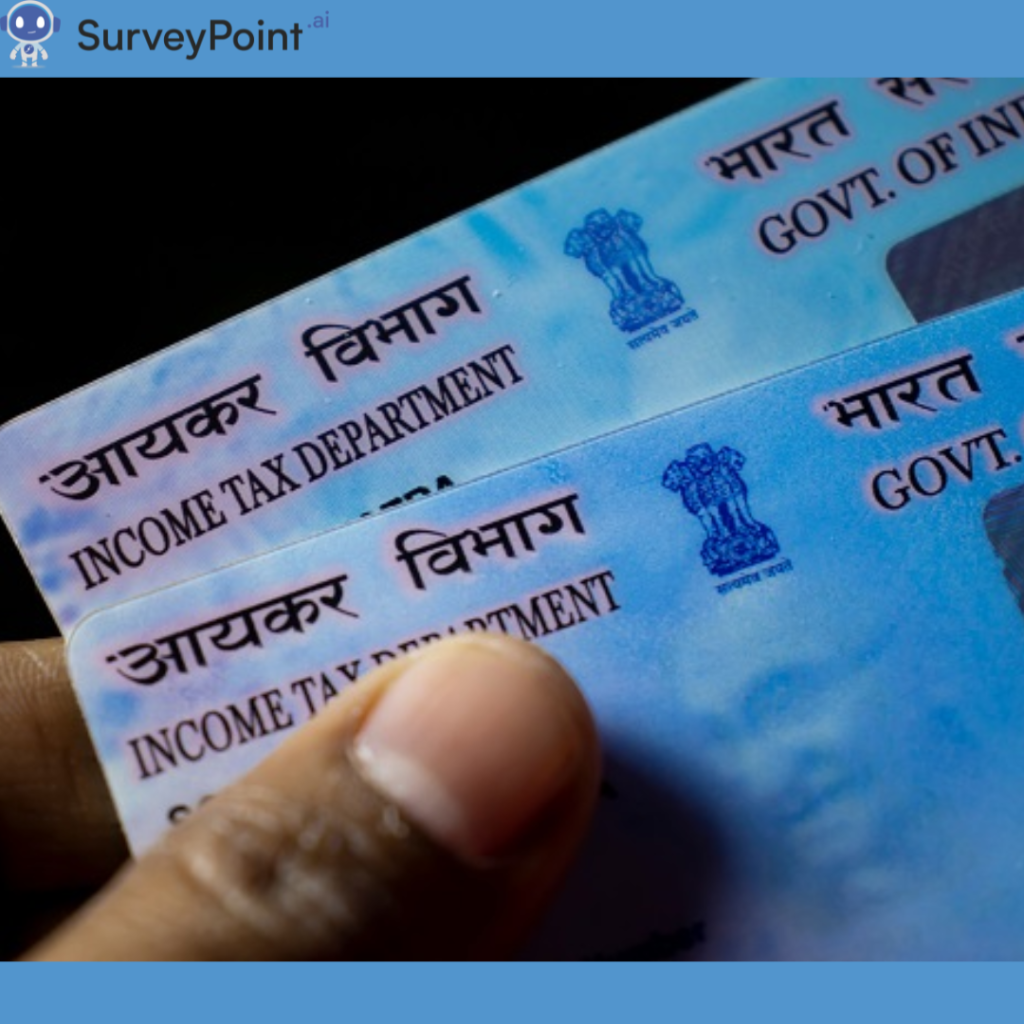
If your compass—your sample—isn’t trustworthy, you’re set in a labyrinth of misinformation. This is the inherent risk of a bad research sample.
Unfortunately, a poorly written research sample can lead to misleading results, incorrect conclusions, and problematic decisions.
This blog will guide you through how to identify and prevent bad research samples, ultimately improving the integrity of your research.
What is a Bad Research Sample?
A bad research sample is one that fails to represent the population being studied. It can introduce biases or skew the data, making your findings unreliable.
Are there Risks of a Bad Research Sample?
- Choosing Bias: If your sample doesn’t truly represent the group you’re studying, your results might be off. For example, if you only test a new heart disease medicine on young, fit people, your results might be too positive when applied to all people. This includes older or sicker ones.
- Not Enough Responses: The results might be wrong if many people in your sample don’t answer or take part.
- Small Sample Error: The sample may not show the true feelings of the entire group if your sample size is too small. For instance, if you only ask 50 people about their political views, it won’t show the beliefs of an entire country.
- Too Broad Conclusions: If you draw big conclusions from a specific or small sample, it can lead to the wrong use of the results. If you make strategies for all schools based on research from rich private schools, they may not work well for poorer public schools.
- Mixing Variables: The results might be twisted if your sample has features that are linked to both the cause and effect variables. If you’re studying the relationship between diet and health, but your sample is mainly athletes (who generally eat better and are healthier), the health effects of diet might be overestimated.
- Survivorship Bias: This happens when the sample only includes ‘survivors’, or those who have passed some kind of selection criteria.
- Volunteer Response Bias: When people choose themselves to take part in the research, you may get a sample that feels very strongly about the issue, making the results uneven. An online survey about vegetarianism might attract more vegetarians or people with strong feelings about animal rights, making it seem like a bigger part of the population is vegetarian than is actually true.
ALSO READ: Discover Sampling Frame & Its Role in ResearchHow to Avoid Bad Research Samples?
Let’s look at ways to avoid writing a bad research sample:
- More People: In general, the more people you have in your sample, the better it represents the group. But it’s not just about numbers; the sample size needs to be right for your research question and method. You could ask a statistician or use a sample size calculator to find the right size for your study.
ALSO READ: Find Survey Respondents: Target the Right Audience for Your Research- Pick Randomly: Random picking can reduce bias by giving everyone an equal chance of being included. You can use methods like random number generators or lottery methods to make sure it’s fair.
- Increase Response Rates: To tackle people not responding, make it as easy and attractive as possible to take part in your research. Give clear instructions, offer rewards, and make sure it’s anonymous if needed. Remind those who haven’t answered yet.
- Divide Sampling: This method divides the group into similar smaller groups, or ‘strata’ and randomly picks samples from each strata. This ensures that the sample represents the group across various things like age, gender, etc.
- Test Run: Do a small version of your research before doing it fully. This lets you spot potential issues with your sample (or any other part of your study) and fix them before it’s too late.
ALSO READ: Population vs Sample: Understanding the Fundamentals of ResearchMake Sure Your Sample is Valid
An important part of avoiding bad research samples is always making sure your sampling process is valid. Here are some ways to do it:
- Peer Review: Have your research design checked by peers or experts. They can give valuable insights and find possible biases or oversights you may have missed.
- Documentation: Keep clear, complete records of your sampling method. This allows for transparency, reproducibility, and accountability.
More Tips for Good Research Samples
Here are more tips to help you avoid the dangers of getting a bad research sample for your study:
- Prevent Dropout: Long-term studies often lose participants, which can result in a non-representative sample over time. Prevent dropout by keeping participants interested and engaged. Regular check-ins, clear communication about the importance of their role, and, when suitable, rewards can help.
- Watch Data Collection: Make sure your data is collected accurately and consistently. Depending on your method, the way you collect data can introduce errors or differences, which can lead to biased results. Giving clear instructions and training to data collectors and regularly checking the data for accuracy can help lower these risks.
Wrapping Up
By using these strategies, you can lower the risk of getting a bad research sample and increase the reliability and validity of your study’s results.
Keep in mind that while it’s nearly impossible to have a “perfect” sample, being aware of these risks can help researchers make better studies and help readers check research findings better.




